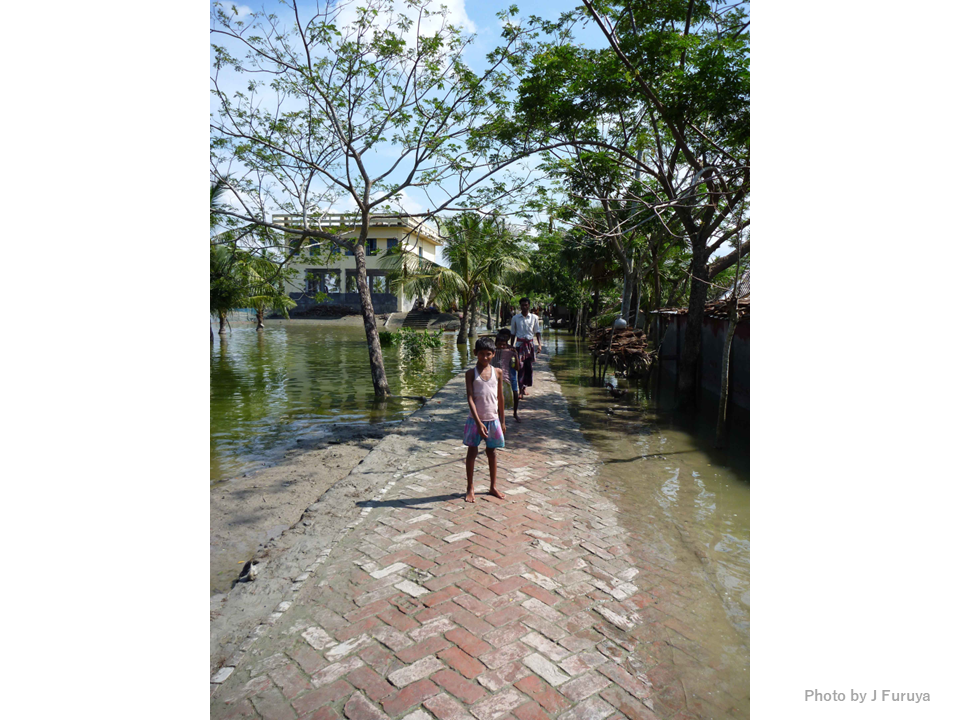Pick Up
1268. Resilience Pays Off

1268. Resilience Pays Off
Around the world, climate change is significantly increasing the likelihood of severe disasters. For example, the probability of experiencing a 100-year flood during a 70-year life span has risen from 63% for those born in 1990 to 86% for those born in 2025. This increase is consistent with the fact that floods that were considered “once in 100 years” in a pre-industrial climate (1850-1900) were already about 30% more frequent in 1990 and are projected to be more than 2.5 times more frequent by 2025 under current climate pledges (corresponding to a warming of about 2.6-3.0°C by 2100).
The Global Assessment Report on Disaster Risk Reduction (GRA) 2025 – Resilience Pays: Investing and Financing for Our Future, published by the United Nations Office for Disaster Risk Reduction (UNDRR), outlines how investing in line with the realities of risk can break the cycle of debt, difficulties in insurance coverage, and growing humanitarian needs.
The report outlines how rising disaster costs are already having an impact around the world, from areas deemed too risky for insurers to insure, to rising sovereign debt, and recurrent humanitarian crises. Over the past two decades, more than 95% of recorded direct losses were due to the “big five” disasters: earthquakes, floods, storms, droughts, and heat waves. Between 1970 and 2000, inflation-adjusted direct costs of disasters averaged $70-80 billion per year, but between 2001 and 2020, these costs (most of which are preventable) more than doubled to $180-200 billion per year.
In today’s globalized world, compound disaster events have major ripple effects on societies and ecosystems, but the true risks of these disasters have been underestimated, from destructive algal blooms threatening fishing and tourism in the Caribbean, to potential tipping point events like the melting of Thwaites Glacier. The report finds that while direct costs of disasters have risen to around $202 billion per year, the true cost of disasters exceeds $2.3 trillion when knock-on and ecosystem costs are taken into account. These costs and the resulting debt burden fall disproportionately on developing countries, calling for urgent action.
Systematic and large-scale investments in disaster risk reduction and resilience can not only halt but also reverse these trends. Investing in resilience building can help achieve several Sustainable Development Goals (SDGs), including enhancing food security (SDG 2) and improving education outcomes (SDG 4). It will also reduce the negative impacts of climate change, halt rising economic losses from disasters, reduce humanitarian needs, and help use scarce international aid resources more effectively.
(Reference)
United Nations Office for Disaster Risk Reduction (2025). Global Assessment Report on Disaster Risk
Reduction 2025: Resilience Pays: Financing and Investing for our Future. Geneva. https://www.undrr.org/gar/gar2025
Contributor: IIYAMA Miyuki, Information Program
